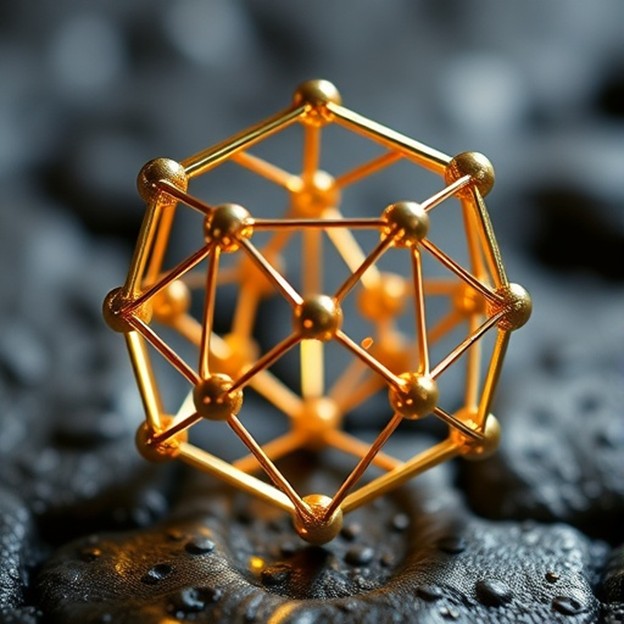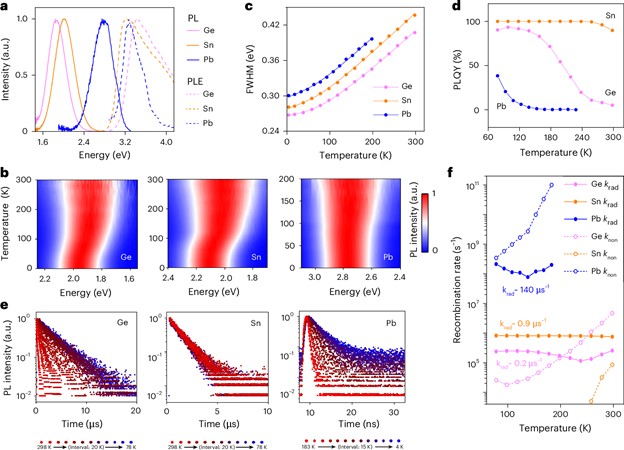
Peking University, August 26, 2025: Zero-dimensional(0D) metal hilades are highly-valued molecular-level materials that underpin semiconductors used in optoelectronics, particularly for solar cells and light-emitting devices. Though they are well-known for their efficient light emission, general design principles have been lacking, impeding research into their optical properties. A team led by four professors from the College of Chemistry and Molecular Engineering has developed a solvent-embedding method that converts two-dimensional (2D) tin iodide perovskites into 0D structures (Figure 1), offering a versatile synthetic platform for 0D metal halides. The study is published in Nature Chemistry.
Why it matters
While 0D metal halides can emit bright, tunable light, they often suffer from instability and inconsistent performance, making device integration challenging. The new approach provides a generalizable method to synthesize these materials in stable, high-performance form. If scalable, it could accelerate the development of next-generation LEDs, laser diodes, and display panels that are efficient, customizable, and environmentally friendly, while deepening understanding of structure–property relationships in perovskite materials, which are key components in solar cells for converting light into electricity.

Figure 1. Solvent-embedding synthesis route transforming 2D halides into 0D metal iodides.
Key findings: Solvent-Embedding Strategy
The team developed a solvent-embedding strategy (Figure 1) where excess organic ammonium salts and antisolvents drive a transformation from 2D to 0D metal halides. During synthesis, antisolvent molecules embed in the lattice and act as templates, guiding organic cations and tuning the configuration of inorganic octahedra, the photoactive centers responsible for luminescence. Using rigid solvent molecules and ammonium ions, the researchers synthesized tin-based 0D iodides with photoluminescence quantum yields (PLQY) near 100%.
Photophysical studies (Figure 2) showed distinct behaviors: Ge exhibited strong exciton–phonon coupling that quenches emission at room temperature but reaches ~90% PLQY at low temperatures; Sn displayed moderate coupling with optimal luminous efficiency; and Pb showed weak coupling but strong spin–orbit interactions, enabling ultrafast radiative recombination. Computational analysis confirmed these trends, clarifying how the choice of metal ion governs exciton–phonon interactions and emission properties.
Figure 2. Photophysical properties of zero-dimensional metal iodides of different metals.
Future Implications
This new strategy helps alleviate the scarcity of 0D structures by offering a flexible way to design them. It also opens the door to making efficient, lead-free light-emitting materials and gives scientists a clearer picture of how light and energy move inside perovskites.
*This article is featured in PKU News "Why It Matters" series. More from this series.
Read more: https://www.nature.com/articles/s41557-025-01869-x
Written by: Akaash Babar
Edited by: Zhang Jiang
Source: PKU News (
Chinese)


